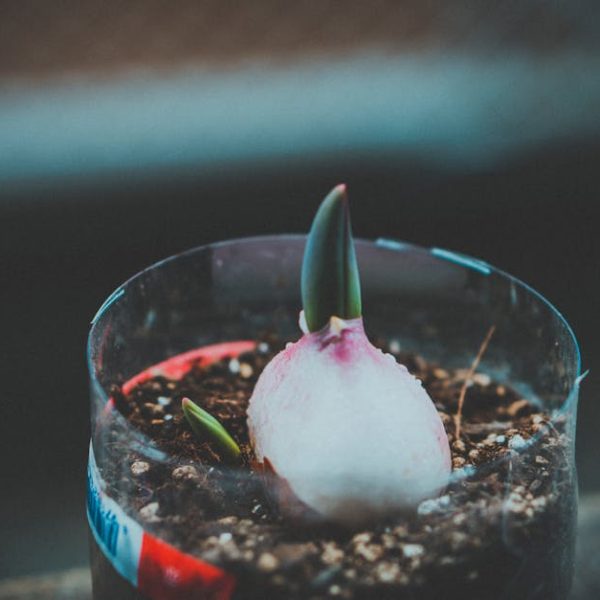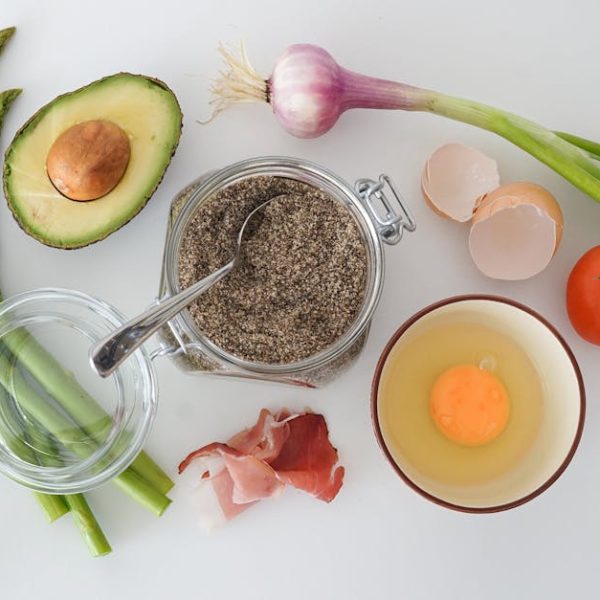Celery – the unsung hero of the refrigerator – is used in numerous delicious recipes. Not only does it add a pleasant crunch to your salads, but it also brings a unique flavour and numerous health benefits to your meals. But, what if you buy excess celery or want to store some for the winter months? Freezing is the perfect solution! The following guide will show you three delightful, and easy techniques to freeze celery.
Preparing Celery for Freezing
Freezing celery begins with smart selection and proper preparation. Always pick fresh, crisp and green celery for the best results; if it’s floppy or yellow, it’s past its prime.
Here’s the essential list of procedures:
- Rinse the celery thoroughly under cool, running water to eliminate any dirt or debris.
- Chop off the base and leaves.
- Separate the stalks and inspect them for any signs of decay or damage, discarding the affected parts.
- Slice the celery into your desired size. Remember, smaller pieces thaw faster!
Best Practices: When shopping, avoid celery with slimy or brown spots, as these indicate decay. Choose stalks that are firm and snap easily when pulled apart. For convenience, prepare and freeze celery immediately after purchasing to retain maximum freshness.
After your celery is prepped and ready, it’s time to select your freezing method.
Method 1: Freezing Celery Raw
This is perhaps the quickest and easiest way to freeze celery. However, you may notice some changes in texture and taste once it’s thawed due to the high water content in celery. Here’s how you do it:
- Place your prepped celery on a baking sheet lined with parchment paper. Strategically spread out the pieces so they don’t stick together.
- Put the baking sheet in the freezer for a couple of hours until the celery is solid.
- Remove from the freezer and promptly transfer the celery into freezer-safe bags or containers. Press out as much air as possible before sealing.
- Label your bags with the current date and return them to the freezer.
Pros of Freezing Celery Raw: It’s quick and straightforward, requiring less effort than other methods. If you plan on using the celery in cooked dishes, this is your ideal method.
Cons: The texture and flavor tend to degrade. Freezing raw celery isn’t suitable if you plan to use it in a salad or other dishes where its integrity and crispness are essential.
Next, let’s explore another method – blanching.
Method 2: Blanching Celery Before Freezing
If you’re willing to invest a little more time, blanching celery before freezing can help retain its texture and flavor better than freezing it raw. Blanching is a process that involves brief heating followed by cooling, which slows down enzyme activities that cause loss of flavour and texture.
Follow these steps to blanch celery:
- Boil a large pot of water and prepare a large bowl of ice water on the side.
- Place your cut celery into the pot of boiling water for about two minutes.
- Immediately after, use a slotted spoon to remove the celery and plunge it into the ice water to stop the cooking process.
- Once cool, drain the celery well and pat dry with kitchen towels.
- Spread out the celery on a baking sheet lined with parchment paper and freeze until solid, repeating the same process as in Method 1 to store it.
Pro Tip: Make sure to dry the blanched celery as thoroughly as possible to prevent ice crystals from forming.
Method 3: Freezing Celery Puree
If you frequently use celery in soups, stews, or sauces, consider freezing it in the form of a puree. This method locks in flavor and nutrients.
To make celery puree for freezing, follow these steps:
- Clean and cut the celery as previously described.
- Boil or steam the celery until it’s tender enough to be pierced easily with a fork.
- Blend the cooked celery in a food processor or blender, adding a little bit of water or cooking liquid if needed to achieve a smooth consistency.
- Spoon the puree into ice cube trays, or pour it into freezer-safe bags or containers.
- Once frozen solid, transfer the puree cubes into a freezer-safe bag or container for long-term storage.
Checklist for freezing celery puree:
- Clean, fresh celery
- A big pot for boiling or a steamer
- A food processor or blender
- Freezer-safe bags or containers
- Ice cube trays (optional)
Maintaining Frozen Celery’s Quality
Once you’ve taken the time to prepare and freeze your celery, you’ll want to make sure it stays as fresh as possible. Here’s how:
Store your frozen celery in a part of your freezer where the temperature is most consistent – usually towards the back, rather than in the door. Also, keep an eye on your freezer’s temperature; it should always be set at 0°F or lower.
In terms of duration, frozen celery can be stored and used optimally up to 12 months.
When you’re ready to use your celery, thaw it in the fridge instead of on the counter – this will help preserve its texture and taste. Remember, frozen celery is best used in cooked dishes.
Comparison of correctly vs incorrectly stored frozen celery.
| Correctly Stored | Incorrectly Stored |
|---|---|
| Stored in the back of the freezer where temperature remains consistent. | Stored in the door where temperature fluctuates. |
| Frozen celery thawed in the refrigerator. | Frozen celery thawed at room temperature on the counter. |
| Used within 12 months. | Kept longer than 12 months. |
Freezing your celery is a game changer — remember, the key to achieving the best results lies in the preparation and smart storage. Happy freezing!
Key Takeaway:
- Cleaning, sorting, and cutting celery before freezing preserves its quality, with best results from fresh and crisp produce.
- Freezing celery raw is quick and suitable for cooked dishes, although texture and taste may degrade.
- Blanching celery before freezing takes more time but maintains its texture and flavor.
- Freezing celery puree is ideal for use in soups, stews, and sauces, locking in flavor and nutrients.
- Maintaining consistent freezing temperatures and proper thawing can further ensure the quality of frozen celery.
Remember, the success of your frozen celery depends largely on your careful preparation and attention to storage conditions. Enjoy the flexibility of having this versatile ingredient at hand anytime you want! Keep it fresh, keep it tasty, and enjoy the convenience.
FAQs
Q: Can I refreeze celery that’s been previously frozen and thawed?
A: It’s not recommended as each freeze-thaw cycle may result in a greater loss of texture and taste.
Q: Can celery be frozen without being washed first?
A: It’s always recommended to thoroughly wash and clean your celery before freezing to remove any dirt or potential bacteria.
Q: Does the type of bag or container matter when freezing celery?
A: Yes, it’s best to use freezer-safe bags or containers to prevent freeze burn, and they should be sealed well to maintain freshness.
Q: How do I use frozen celery in my cooking?
A: Frozen celery can be added directly into cooked dishes like soups and stews. If using in a salad, it’s better to thaw it in the fridge first.
Q: How do I know if my frozen celery has gone bad?
A: If it has been stored properly and used within 12 months, it should be fine. If you notice a strange odor, discoloration, or a slimy texture, it’s probably gone bad.
Do share the article to your friends and family if you found it helpful! Browse our site for more such informative content. Happy Cooking!






